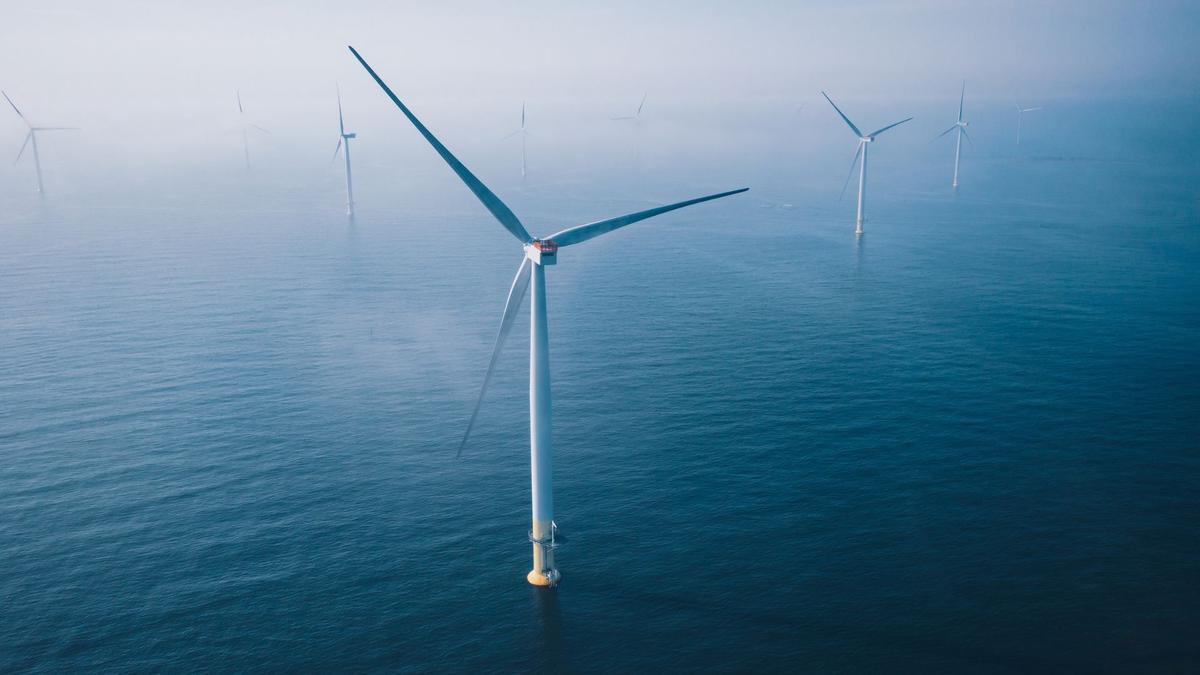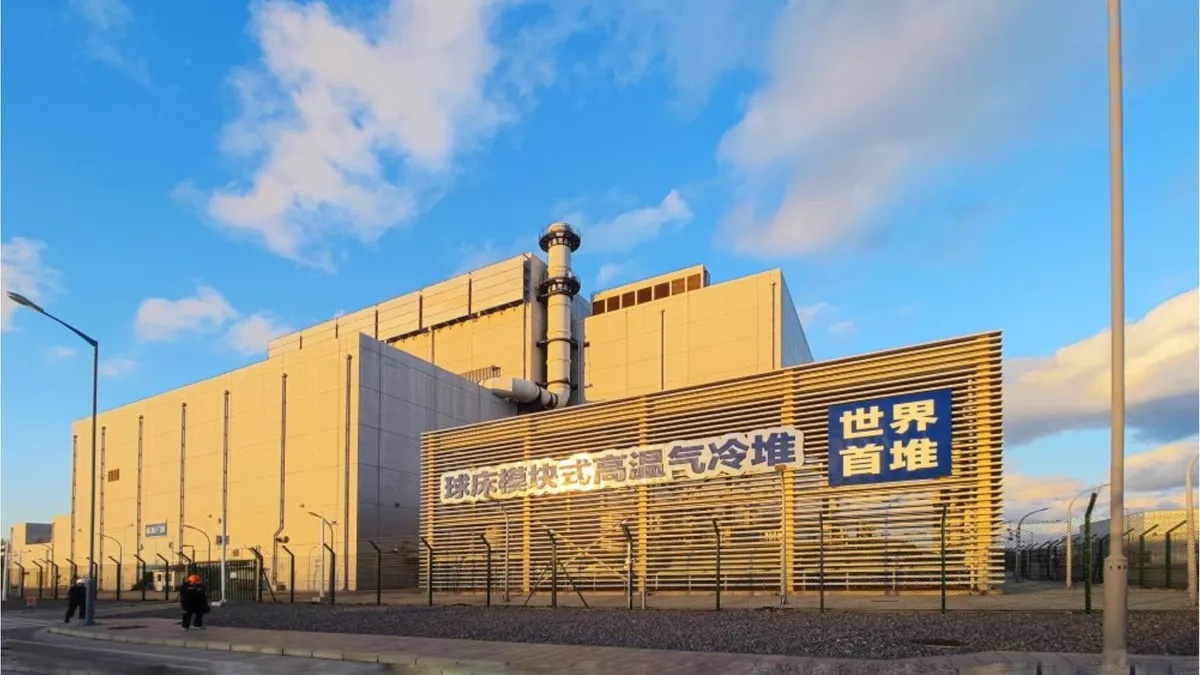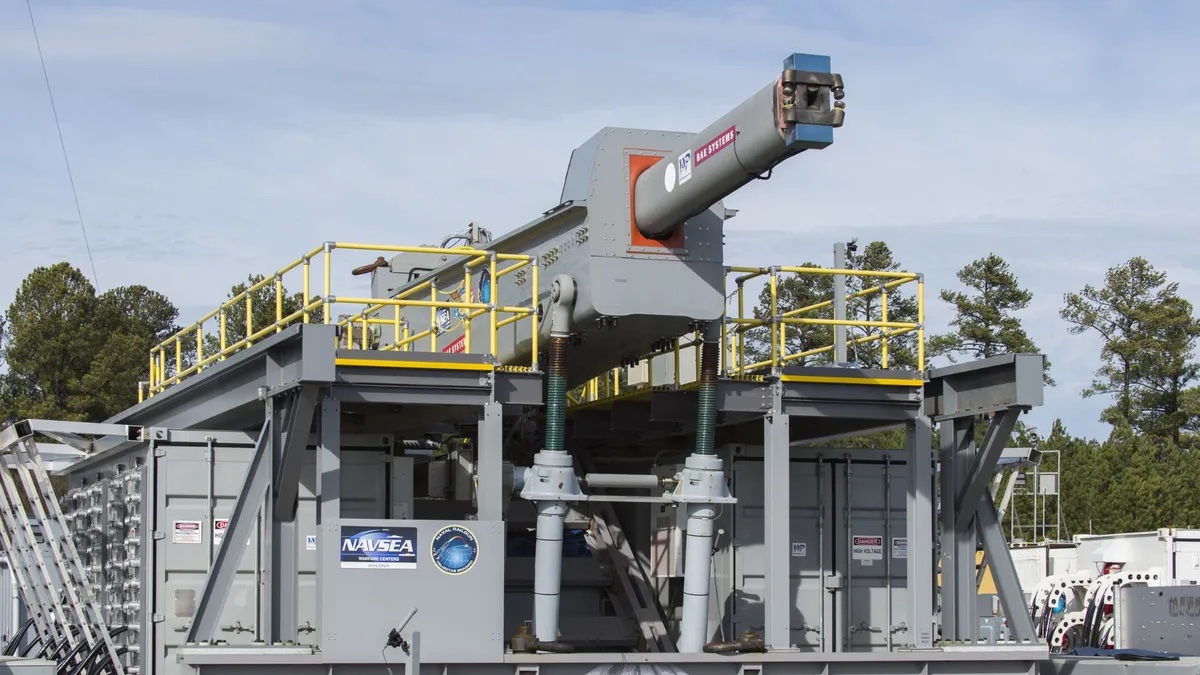China has completed production on its largest-ever tunnel-boring machine (TBM), named Jianghai, meaning “river and ocean” in Chinese. This giant machine measures 16.64 meters (54.5 feet) in diameter and spans 475 feet (145 meters) in length, weighing approximately 5,000 metric tons (11 million pounds). Built through a partnership between China Railway Construction Heavy Industry (CRCHI) and China Railway 14th Bureau Group, Jianghai is the most massive TBM developed domestically in China to date.
The new TBM is set to tackle a challenging tunneling project beneath the Yangtze River in Jiangsu Province. The machine will bore a tunnel linking Nantong and Suzhou, a key section of a planned 24-mile (39-kilometer) highway scheduled for completion by 2028. At a depth of up to 246 feet (75 meters), the tunnel will extend roughly 7 miles (11.2 kilometers) under the Yangtze River. Due to the difficult terrain, which includes soft soil, underground water, and silt, traditional manual tunneling is unfeasible. Instead, Jianghai will proceed at a daily pace of 12 to 16 meters (39 to 52 feet), with the entire tunneling phase expected to last two and a half years. Precision is crucial for the project; to protect nearby river dams, the TBM’s path must stay within 1 centimeter (0.4 inches) of specifications.
Continue reading… “China Unveils Record-Breaking Tunnel-Boring Machine for Massive Yangtze River Project”












